Your real estate business’s website can make or break your success online and off. Learn how to get it right with these tips and ideas.

Real Estate Website Design Ideas
Robyn Rivera
Ideas for building a better real estate website
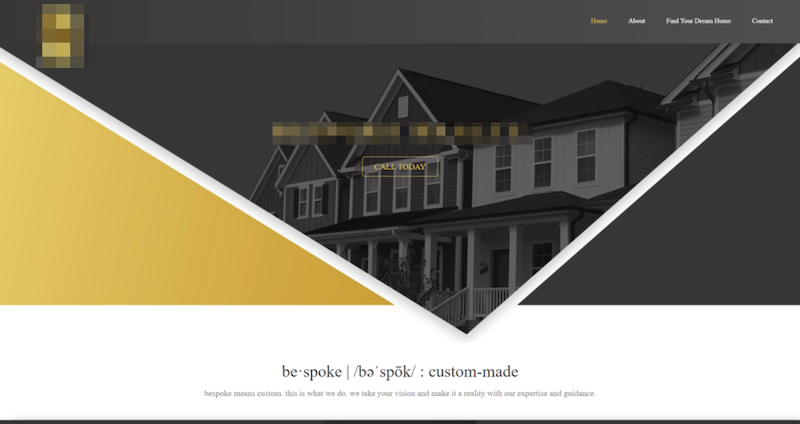
Make it professional
Whether someone is buying or selling a property, it’s a big deal, and they want to know that they’re in good hands. As your real estate business’s home online, your website needs to make the right first impression on your visitors.
Choose a professional, simple design that paints your real estate business in the best possible light. Keep your design basic, like shown above, by using plenty of white space and not cramming too many website elements above the fold.
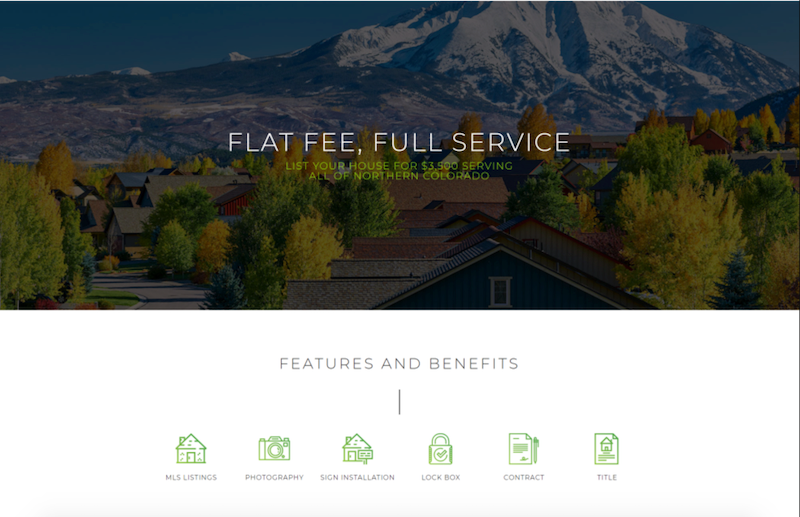
Highlight your UVP
When someone needs a real estate professional, there are lots of options for them to choose from. In order to win out over your competitors, you need to make it clear what you offer that they cannot. This is called your UVP (unique value proposition).
Your UVP should be one of the first things people see when they visit your website, like in the image above. Make it stand out by making it visible above the fold on your homepage, and leave plenty of white space around it to make sure visitors will see it.
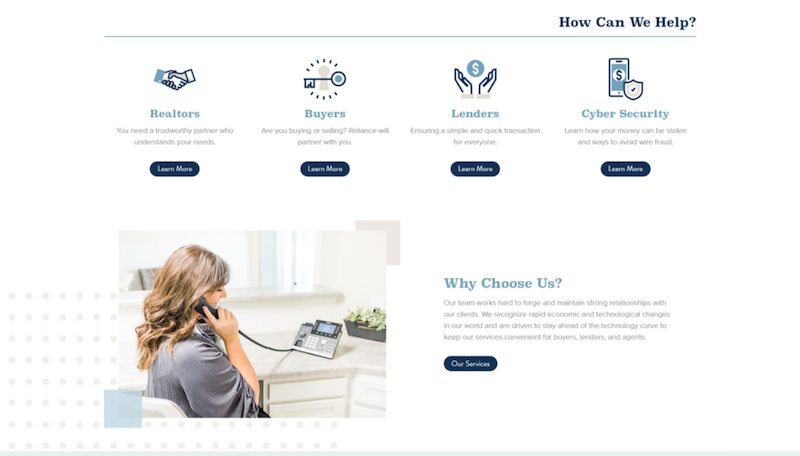
Make what you do clear
There are all kinds of different businesses under the real estate umbrella, from lenders and real estate agents to title companies, mortgage brokers, appraisers and beyond. Whatever it is that you do, you need to make it clear to anyone who lands on your real estate website.
Your visitors shouldn’t have to search around to figure out the services you offer. You should make what you do front and center on your website, like in the image above. In addition to listing your services on your homepage, build out individual landing pages for each service. This will help with your organic rankings on search engines.
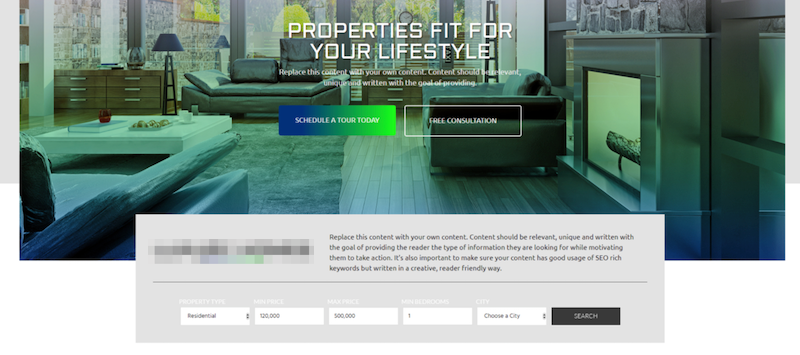
Display listings on your website
A lot of real estate agents rely on sites, like Zillow or Trulia, to get their listings out there. While these websites are incredibly popular, they also have their downsides. For one, it requires someone to leave your website. Plus, it exposes them to other agents they may choose to work with instead.
Displaying listings on your website, like with an IDX feed, is a great way to keep visitors on your site, and it gives you more control. If you display listings, make sure that you make it possible for people to find exactly what they are looking for.

Build trust with testimonials
Trust is an incredibly important piece of the puzzle for a real estate business. Buying or selling a home is often the biggest transaction a person takes on, and before they take the leap to work with you, they need to know that they can trust you.
One of the best ways to build trust for a real estate business is to include testimonials from your happy clients. Of course, most people will want to read your reviews, but you can make it easy by highlighting testimonials on your website, as shown above.
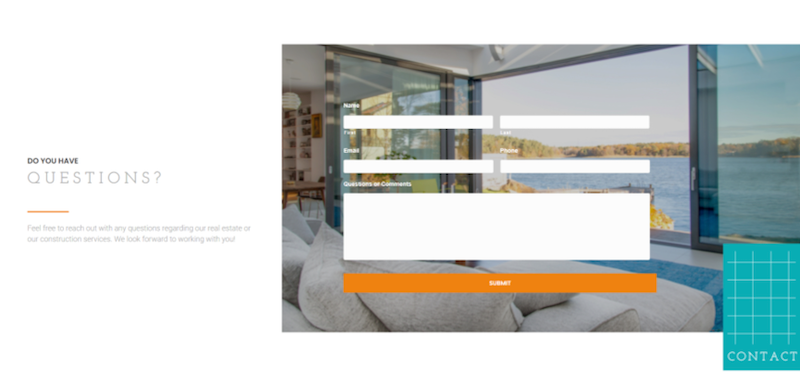
Make it easy for potential clients to get in touch
Picture this: someone is interested in buying a home, and they land on your website. They’re impressed by your design and convinced by your testimonials that you’re the right fit, and they’re ready to get in touch with you. But, they can’t find your phone number, so they move on to your competitor.
As I said, there’s a lot of competition in the industry, and the more obstacles there are to working with you, the more likely it is that a potential client will go elsewhere. Make your contact information easy to find by including it on every page of your website, and add simple contact forms, like the one above, to give people an easy way to reach out.
The Websites 360® real estate website builder has everything you need to build a beautiful, effective website for your business. Best of all, it has an intuitive drag-and-drop editor that makes web design easy, even if you don’t have prior experience.
